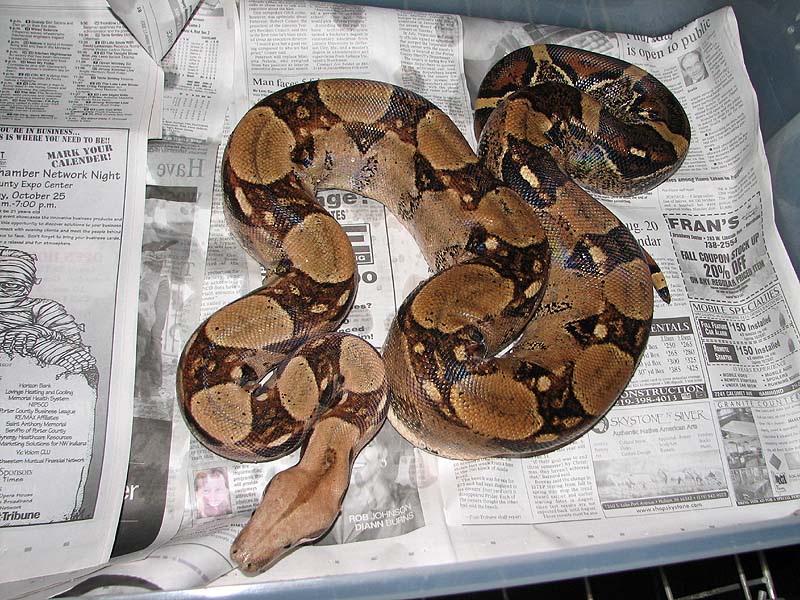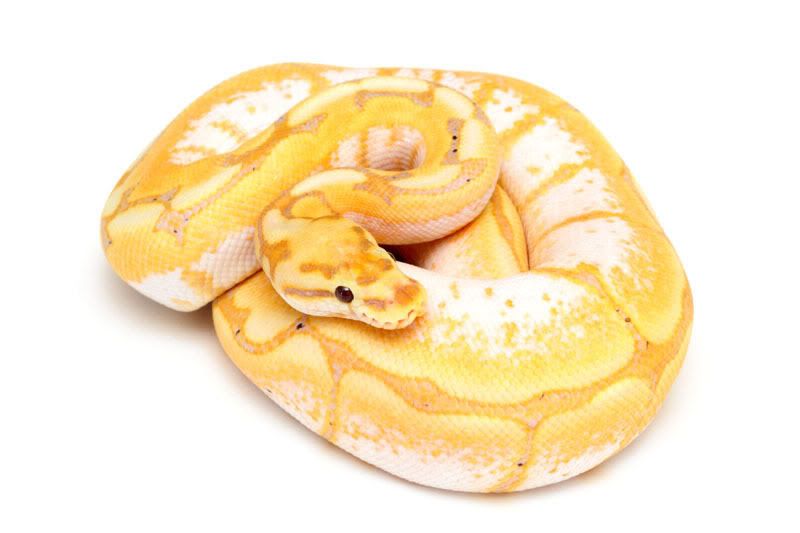Lately on social media and forums, I have been reading more posts regarding animals being burned and people not using thermostats. These people sadden me deeply as injury can be avoided with such a simple piece of equipment. I personally think that all reptile keepers should have thermostats on every enclosure. For the cost of £15 - £50 depending on where you shop, you're safe guarding your animal and ensuring that the temperatures they need are regulated and correct.
I understand that several years ago, thermostats were unheard off when less understanding and less equipment was available for reptiles and therefore some hobbyists would argue that they are not needed. I strongly disagree. If something new has come out that can improve your life, you would buy it so why not do the same for your animals? NEVER buy a reptile or animal of any description if you are not willing to spend money on the correct equipment.
There are three main types of thermostats for reptiles and these include: mat stat, dimmer stat and pulse stat. They are vary in price and effectiveness.
- Mat Stats are the cheapest of the three and work by heating up to the required temperature and turning off when they go above it. This type of stat can be used with a heat mat and ceramic bulb although with it turning off and on, it will shorten the life of the bulb.
- Pulse Stats are slightly more expensive than a mat stat but are more reliable and regulate temperatures better. A pulse stat sends constant bursts of heat and slow down the bursts when the acquired temperature has been reached. As they pulse on and off they can't be used with all bulbs as this can make them blow. I myself use pulse stats on both my vivariums and my rack system. They can also control multiple mats as long as you don't go over the maximum wattage.
- Dimmer Stats are mainly used for bulbs as they generally need a minimum of 40 watts to run. They control the temperature by regulating the light that comes from the bulb by dimming when it gets too hot and brightening when it gets too cold.
Furthermore, another piece of equipment any keeper should invest in is a temperature gun. I swear by both my thermostats and temperature gun when caring for my reptiles and I can't recommend them enough.











































